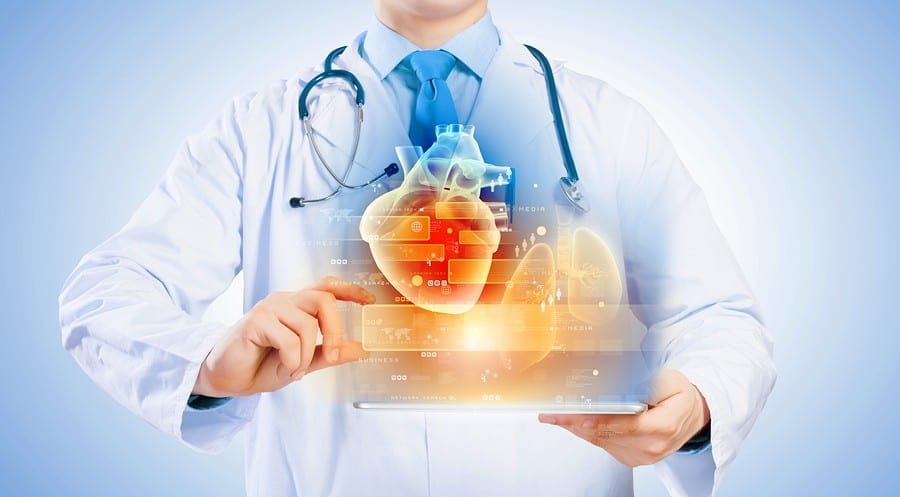In the rapidly advancing world of healthcare, technology is playing an increasingly pivotal role in revolutionizing medical practices and ultimately saving lives. From innovative diagnostic tools to cutting-edge surgical techniques, doctors are leveraging the power of technology to enhance patient care, improve outcomes, and push the boundaries of what is possible. In this article, we will explore some remarkable examples of how doctors are utilizing technology to make a significant impact in the field of medicine.
1. Telemedicine: Bridging Gaps in Healthcare Access
Telemedicine has emerged as a game-changer, particularly in remote areas and underserved communities. Through video conferencing and remote monitoring technologies, doctors can now reach patients who are geographically distant or have limited access to healthcare facilities. Telemedicine enables doctors to provide consultations, monitor chronic conditions, and offer timely medical advice, significantly improving patient outcomes and reducing healthcare disparities.
2. Robotics in Surgery: Precision and Minimally Invasive Procedures
Robotic-assisted surgery has transformed the landscape of surgical interventions. With robotic systems such as the da Vinci Surgical System, surgeons can perform complex procedures with enhanced precision, control, and visualization. This technology enables minimally invasive surgeries, resulting in smaller incisions, reduced trauma to surrounding tissues, shorter hospital stays, and faster recovery times for patients. From cardiac surgeries to prostatectomies, robotic-assisted procedures have become increasingly common, delivering improved outcomes and patient satisfaction.
3. Artificial Intelligence (AI) for Diagnosis and Treatment
Artificial Intelligence (AI) is revolutionizing medical diagnosis and treatment strategies. Machine learning algorithms can analyze vast amounts of medical data, including patient records, imaging scans, and genetic profiles, to assist doctors in making accurate diagnoses and personalized treatment plans. AI algorithms can quickly identify patterns, predict disease progression, and recommend tailored treatment options, aiding physicians in delivering more precise and effective care. For instance, AI is being used in radiology to assist in the early detection of diseases like cancer, thereby improving survival rates.
4. Wearable Devices: Monitoring and Preventive Care
The proliferation of wearable devices, such as smartwatches and fitness trackers, has empowered individuals to take charge of their health. These devices can monitor vital signs, track physical activity, and provide real-time feedback to users. Doctors can leverage this data to gain insights into patients’ health patterns, detect early warning signs, and intervene before a condition worsens. Wearable devices also encourage individuals to adopt healthier lifestyles, promoting preventive care and reducing the burden on healthcare systems.
5. Electronic Health Records (EHR): Streamlined Information Management
The transition from paper-based medical records to electronic health records (EHR) has significantly improved patient care. EHR systems enable seamless sharing of patient information among healthcare providers, reducing the chances of medical errors and ensuring coordinated care. Doctors can access comprehensive medical histories, review test results, and make informed decisions quickly. This technology streamlines workflow, enhances communication, and improves patient safety, leading to more efficient and effective healthcare delivery.
Conclusion
The convergence of medicine and technology has propelled healthcare to new heights, enabling doctors to save lives and transform patient outcomes. From telemedicine expanding access to care to robotic-assisted surgery revolutionizing surgical precision, the examples discussed above demonstrate the profound impact of technology in healthcare. As technology continues to advance, doctors will harness its potential to provide even more personalized, efficient, and life-saving interventions. Embracing these innovations, we can look forward to a future where medical care is further optimized, and lives are saved in ways we once thought were impossible.
This info-graphic from Mission Safety Services outlines why we should be thankful for the technology we already have, and offers a glimpse in to the future, where further advances in technology that could help save millions of more lives.









